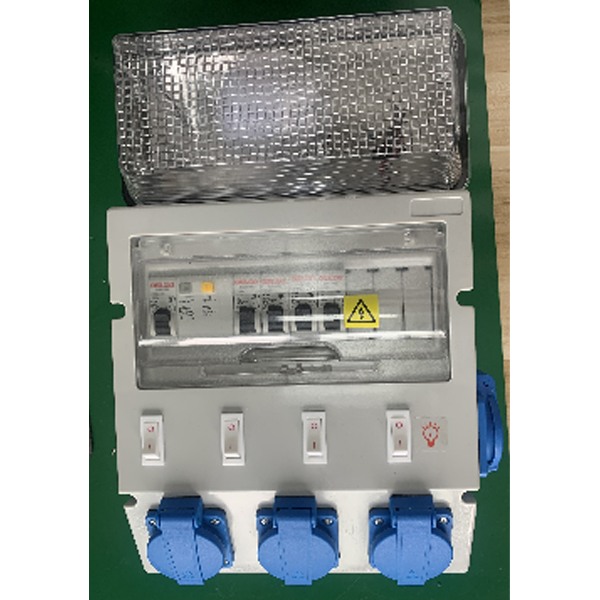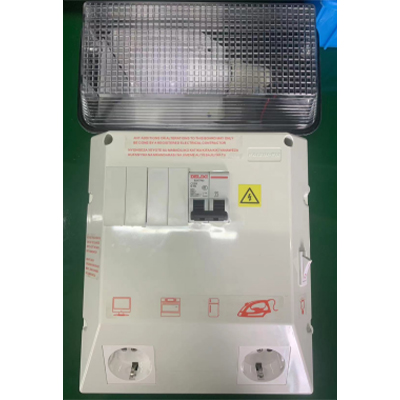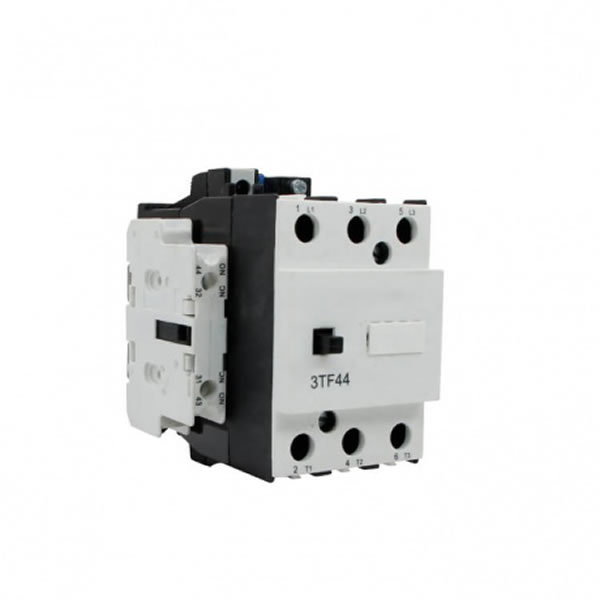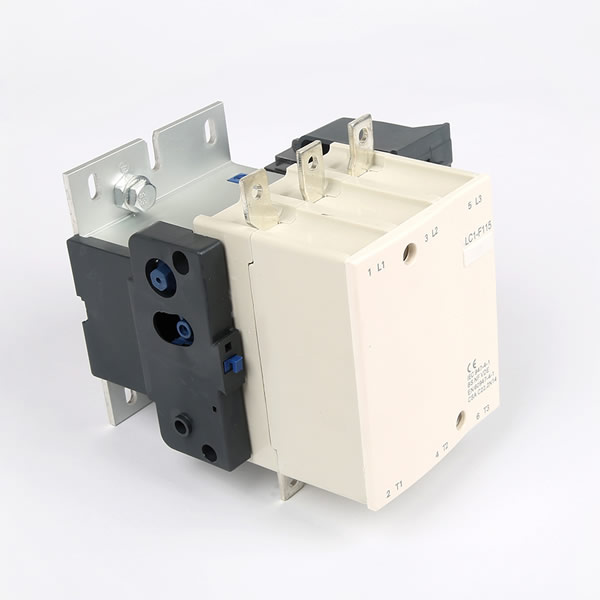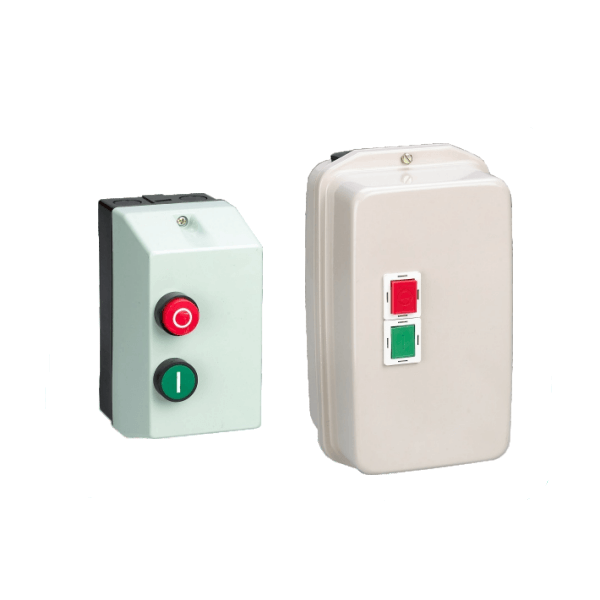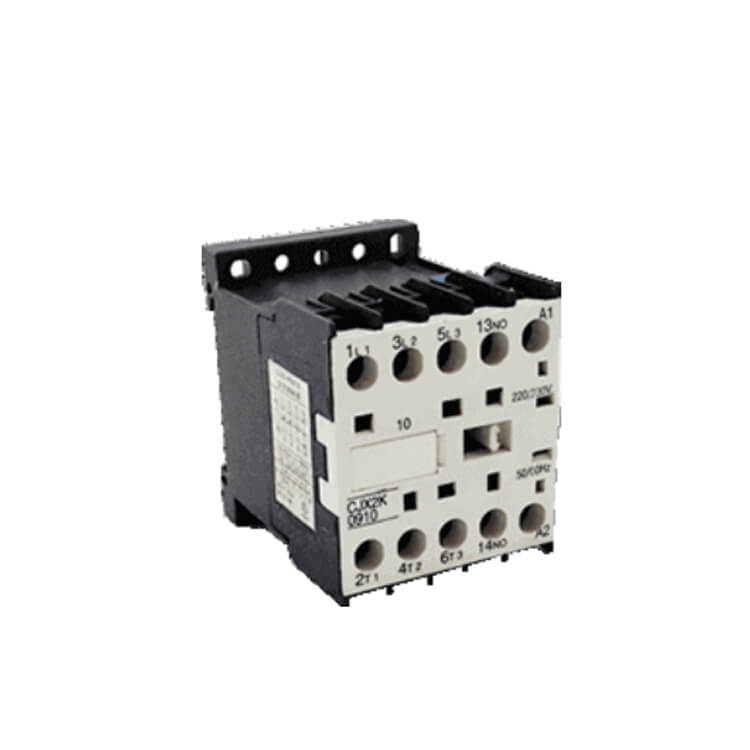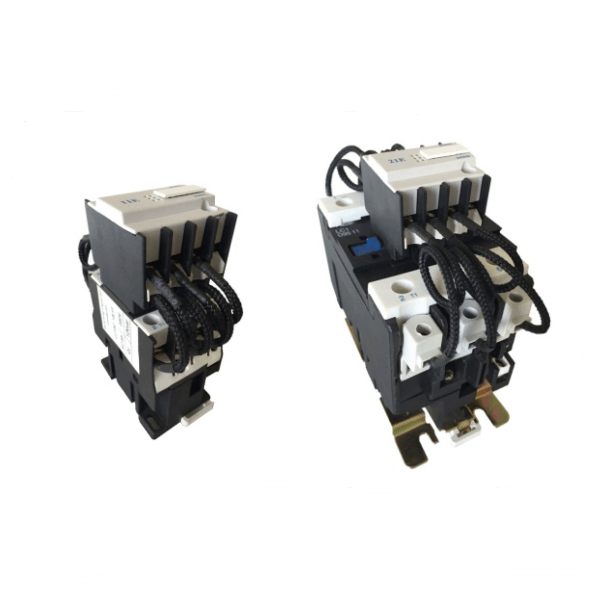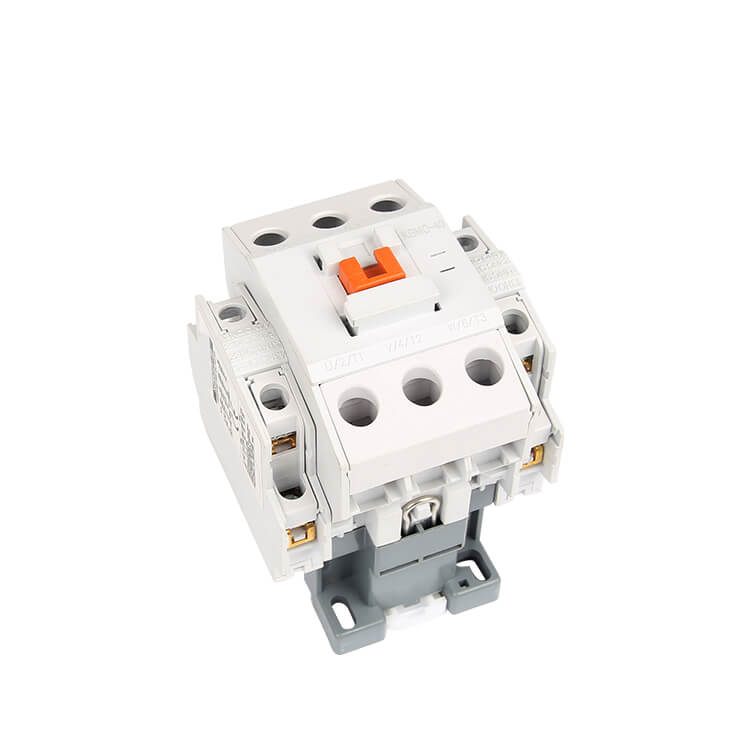Some technical problems of lighting small power distribution units in life
The lighting small power distribution unit in life is a key component of the power system, so there are some important technical issues that need to be considered:
Safety: Lighting small power distribution units must comply with electrical safety standards to ensure protection against risks such as electric shock and fire. Regular maintenance and inspections are important steps to ensure safety.
Capacity Planning: Properly calculate and plan the loading and capacity of lighting circuits to ensure that electrical boxes are not overloaded. Taking into account future electricity needs, it is wise to leave some leeway in advance.
Grounding: A good grounding is key to preventing electrical faults and ensuring that electricity can flow safely back to ground.
Electrical Protection: Use appropriate electrical protection equipment such as fuses, circuit breakers, etc. to prevent overcurrent, short circuits and other faults.
Energy Efficiency: Choose efficient lighting fixtures and electrical box components to reduce energy waste and electricity costs.
Standards and Regulations: Understand local electrical standards and regulations to ensure lighting small power distribution units are designed and installed in compliance with regulations.
Emergency Backup Power: Consider emergency backup power, such as a generator or UPS, to ensure critical lighting continues to operate during a power outage.
Remote monitoring and control: Use modern technologies such as smart meters and remote monitoring systems to improve the efficiency and reliability of power management.
To sum up, the technical issues of lighting small power distribution units involve safety, capacity planning, grounding, electrical protection, energy efficiency, regulatory compliance, backup power and remote monitoring, etc., which need to be comprehensively considered to ensure the reliability and reliability of the power system. safety.
